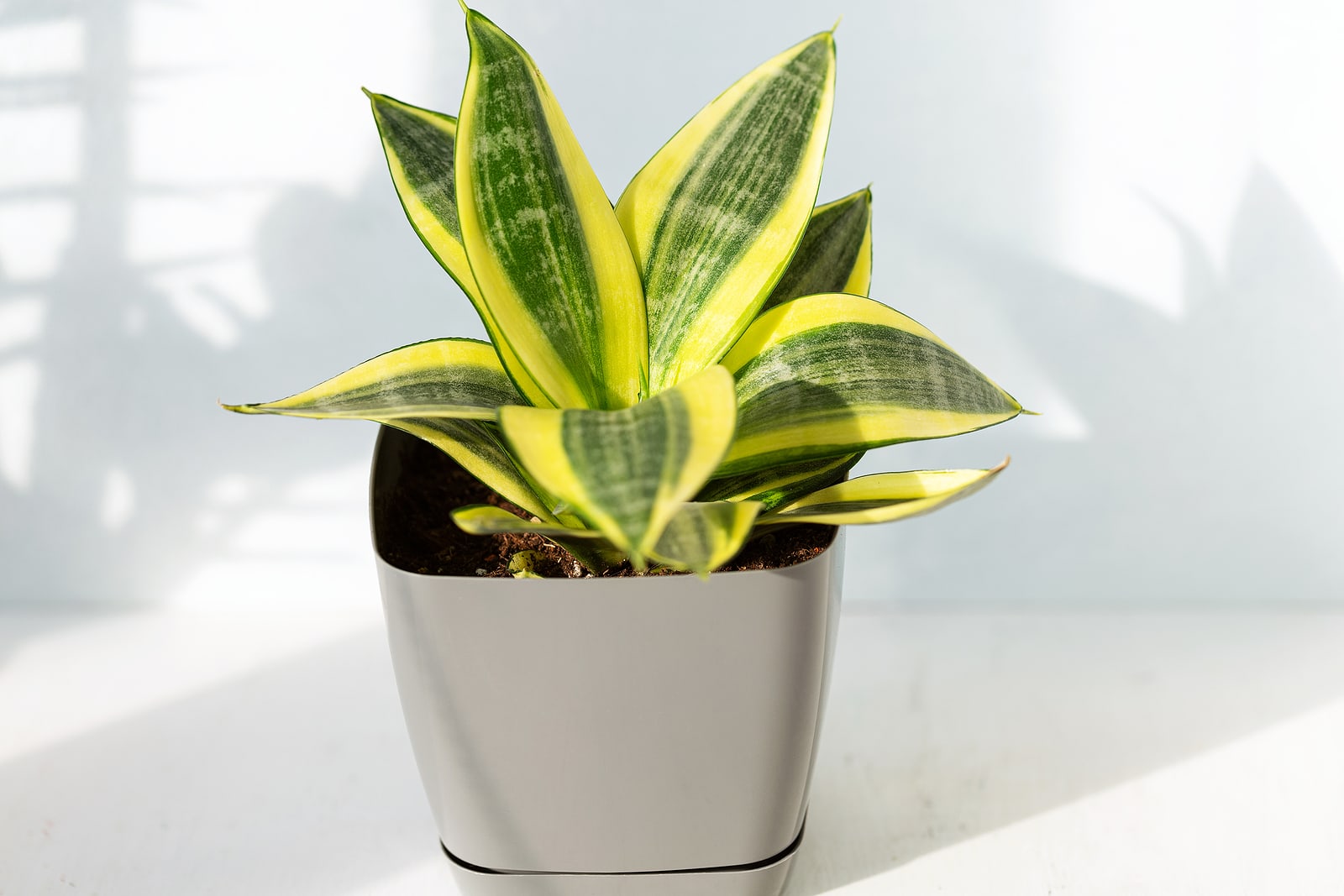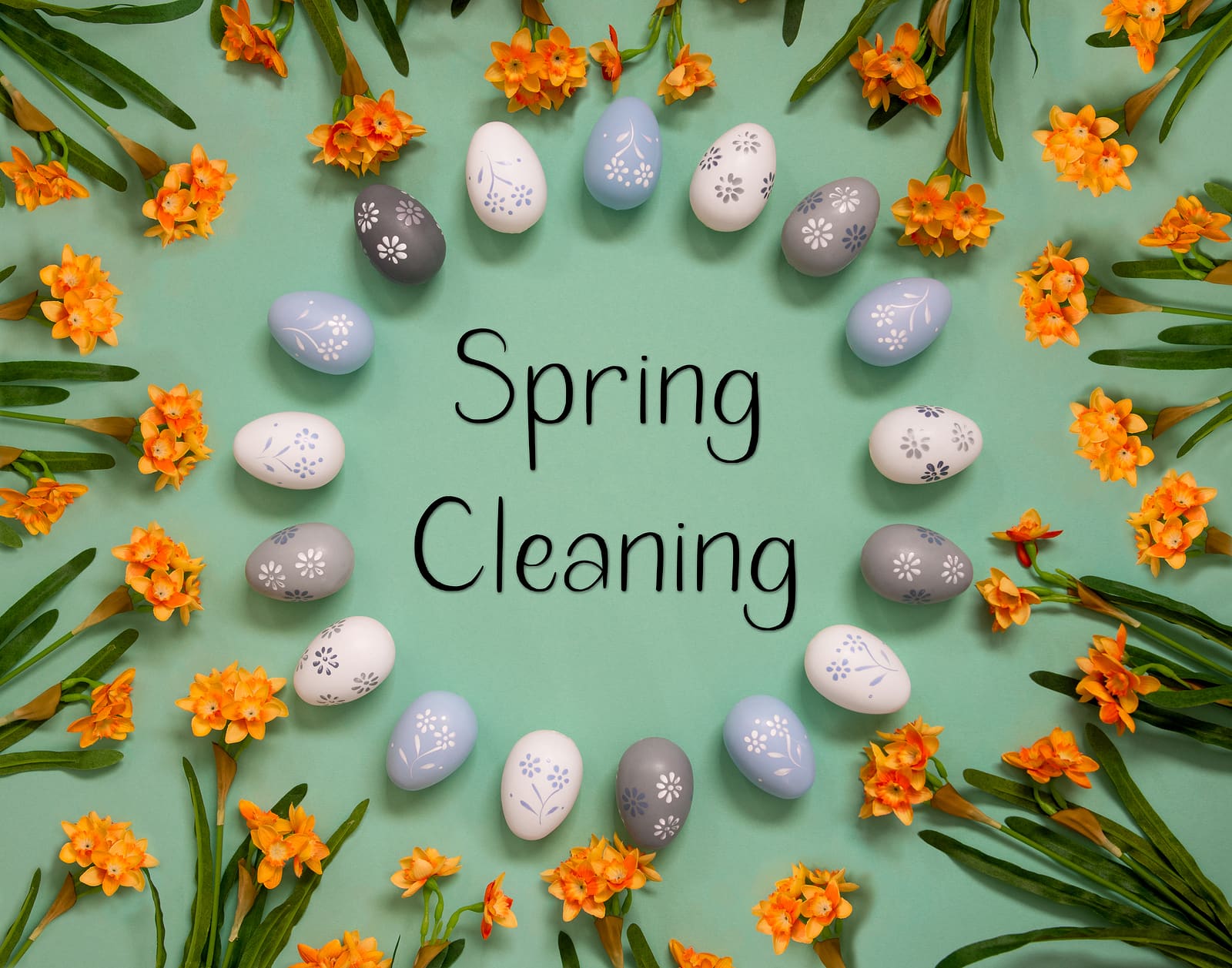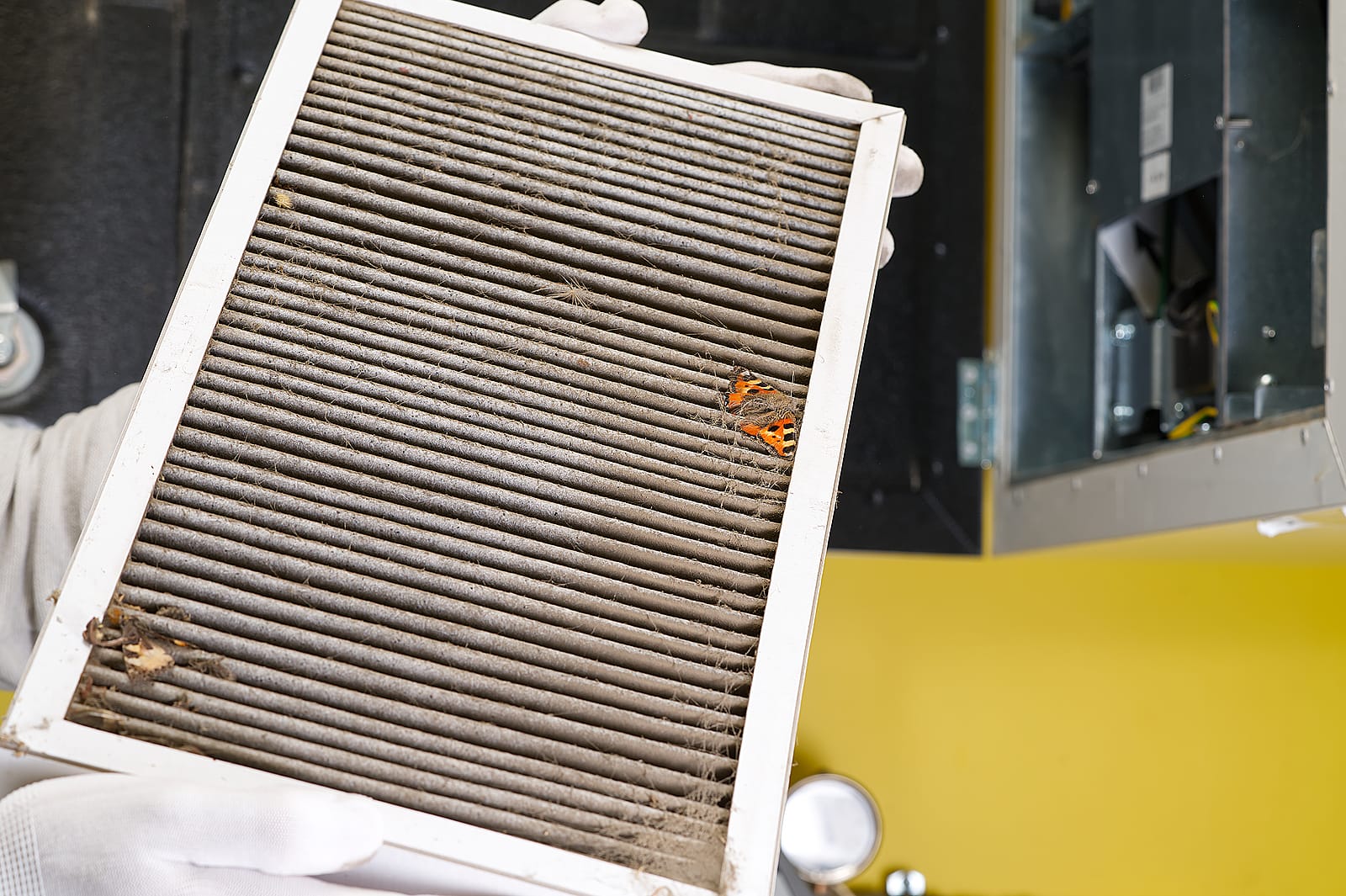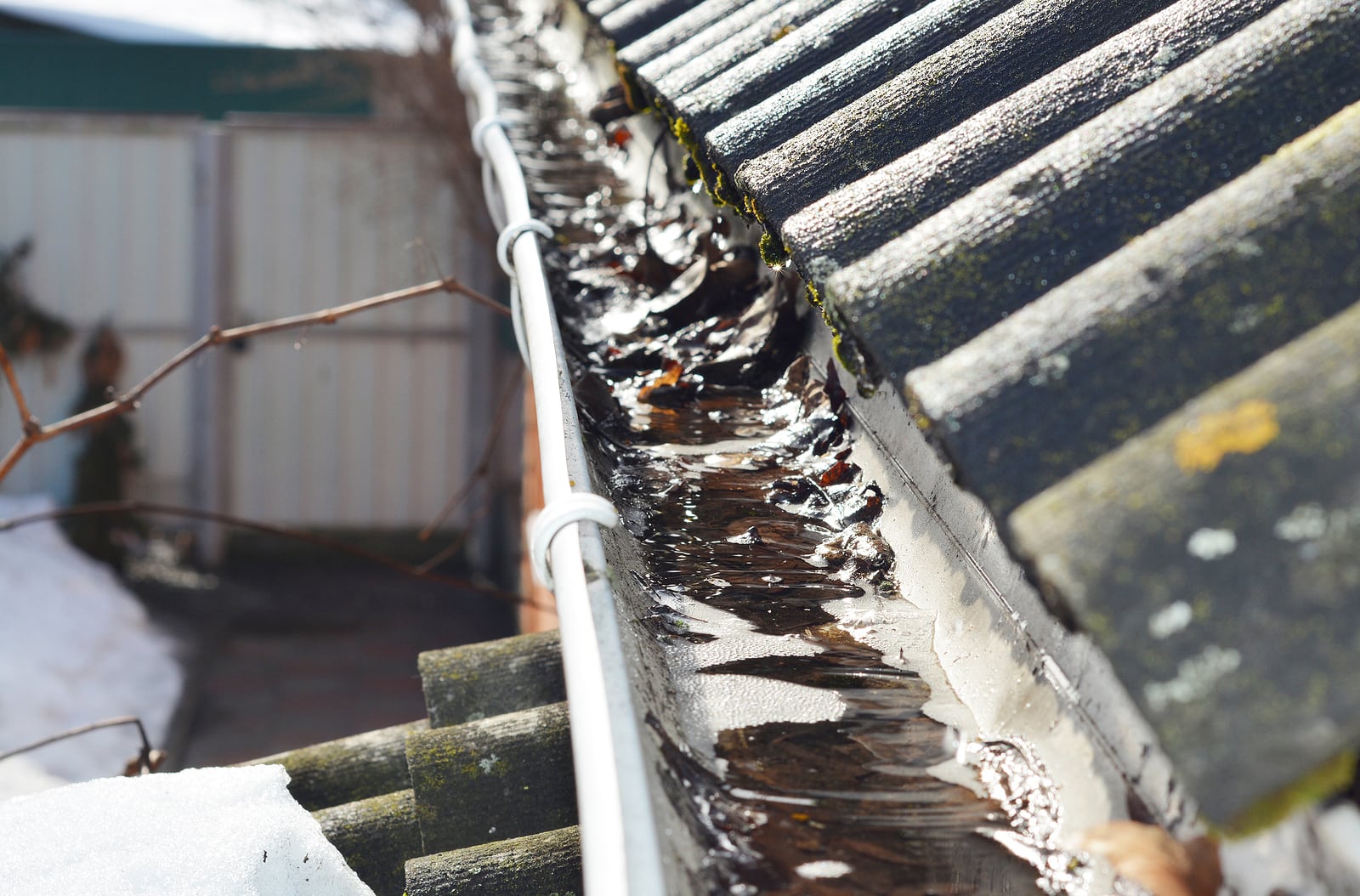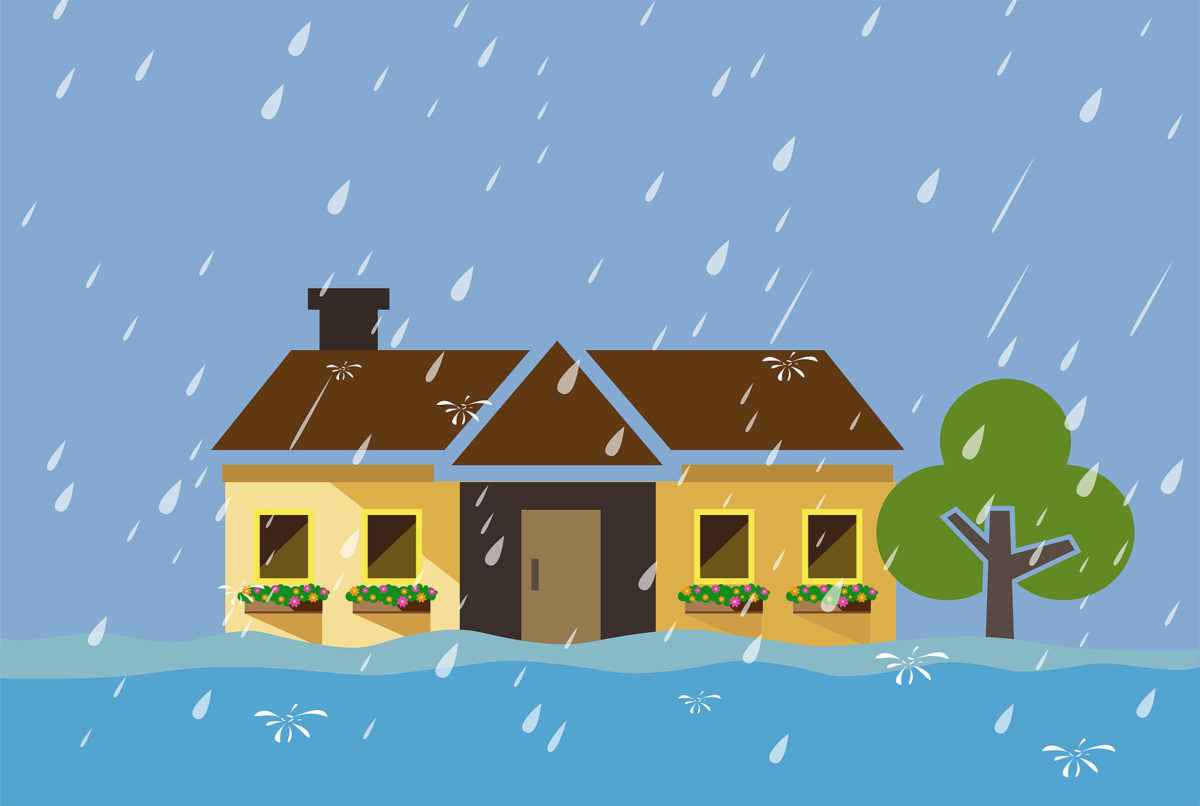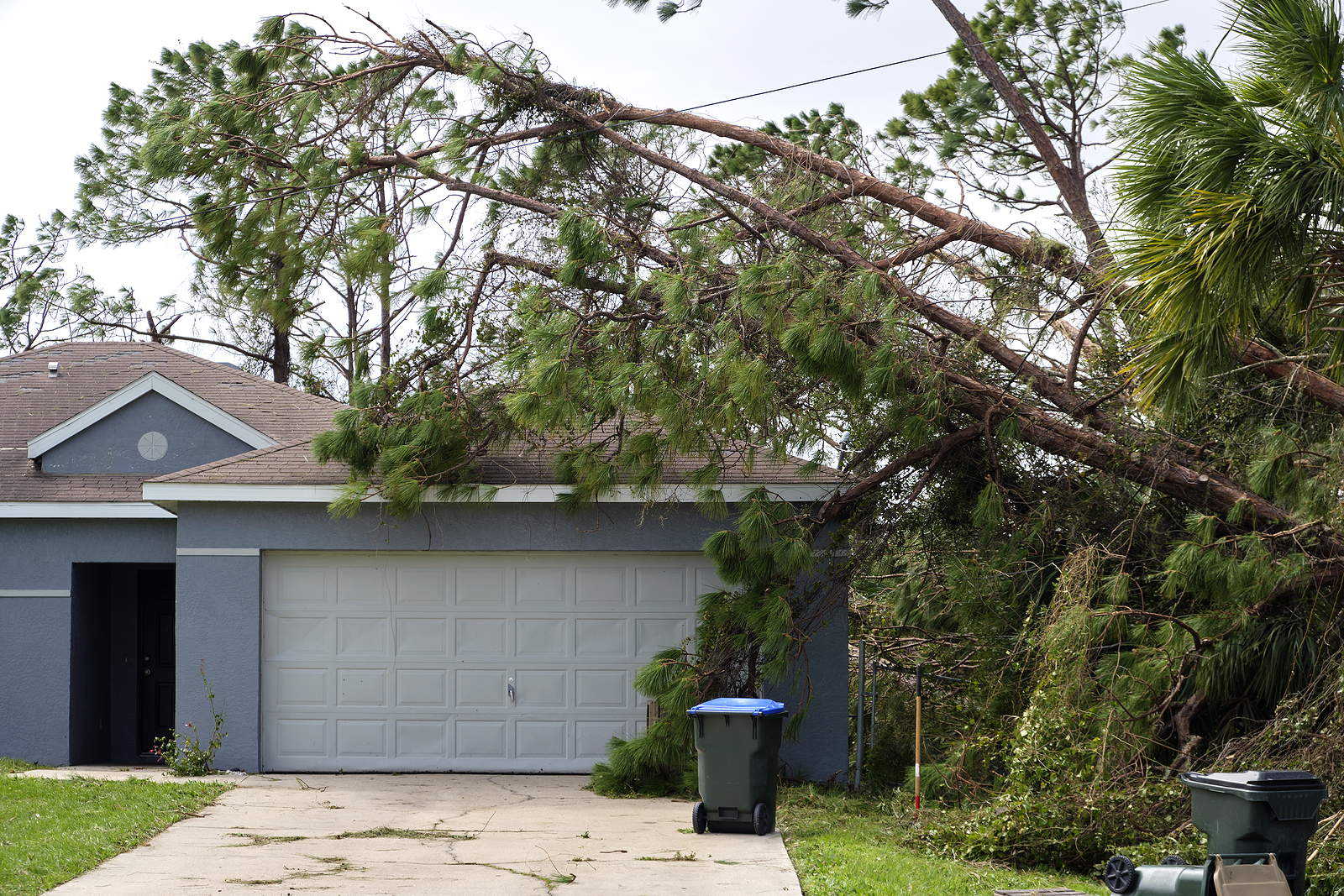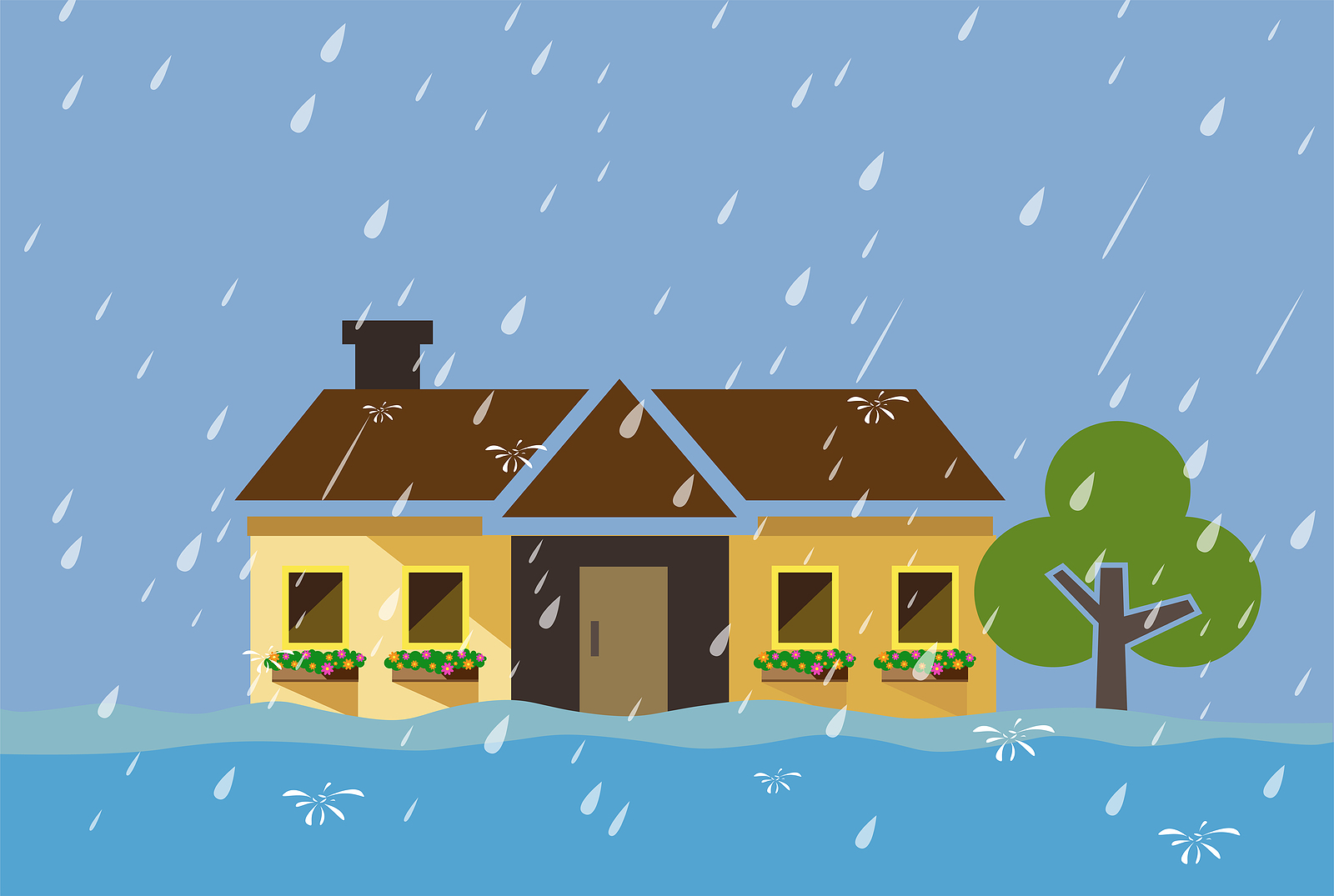Now is about the time folks earnestly start planning their annual vacation. In fact, “More than 90% of Americans plan to travel in 2023,” according to the editors at ipx1031.com
Are you among them? Whether you plan to travel domestically or go abroad, you will be leaving behind your most prized possessions, including your home.
We’ve searched for home safety and security experts’ suggestions for you on how to ensure that you come home to a home in the same condition as when you left it.
Security should be top-of-mind
If you own smart home features, securing your home while you’ll be away will be much easier for you than for those homeowners who don’t. If you don’t own these features, consider installing some to:
- Turn on and off the lights to give anyone watching the home the appearance you are there.
- Use a smart plug to turn on the TV or radio for those crooks brazen enough to get close to the home.
- Security systems, smart or otherwise, can alert neighbors or law enforcement that someone has broken in. Many feature DIY installations so you won’t have to break your vacation piggy bank to get them up and running.
Although we hear about rising crime rates from the media, the truth is that “The current burglary rate, including cases of forced entry, is 75% less than it was in the 1980s, according to Crime Data Explorer,” (Forbes.com)
The chances are good that you’ll come home to an unviolated home, but why tempt fate?

Turn your cooling system off or leave it on?
“… turn the thermostat up while away, not off,” suggests the pros at Central Heating and Air Conditioning in Northeast Ohio. They go on to recommend that you should set it seven to 10 degrees higher than you typically do.
Why?
Heat and humidity can help promote mold in the unit while it’s off. An overly hot home is also brutal on electronics and even your appliances, such as the refrigerator.
If you have a smart thermostat, it most likely has an “away” or “vacation” function you can use to ensure it is set properly.
Turn off the main water line to the home
If you’ll be away longer than a week or two, consider turning your water off. The reason for this suggestion is simply to protect the home in the event of a water leak when there is nobody around to stop it.
After turning it off at the main, turn on all the faucets to let the excess water out of the pipes.

Prevent coming home to a smelly house
If you plan on being gone for more than two weeks, you may want to consider wrapping the toilet bowls with cling wrap.
This will “… keep water from evaporating,” according to Geri Koeppel with the East Valley Tribune.
He goes on to explain that “If the toilets dry up, sewer odors may seep in and bugs may crawl up the pipes. It can also dry out the seal between the toilet and floor, which will make your toilets leak around the base.”
Speaking of stinky sewer gases, avoid coming home to a smelly refrigerator by throwing away anything that will perish before your return. Then, take out the garbage the day you are leaving.
Take these simple steps so that you can vacation with peace of mind, knowing that your home will be fine upon your return.












